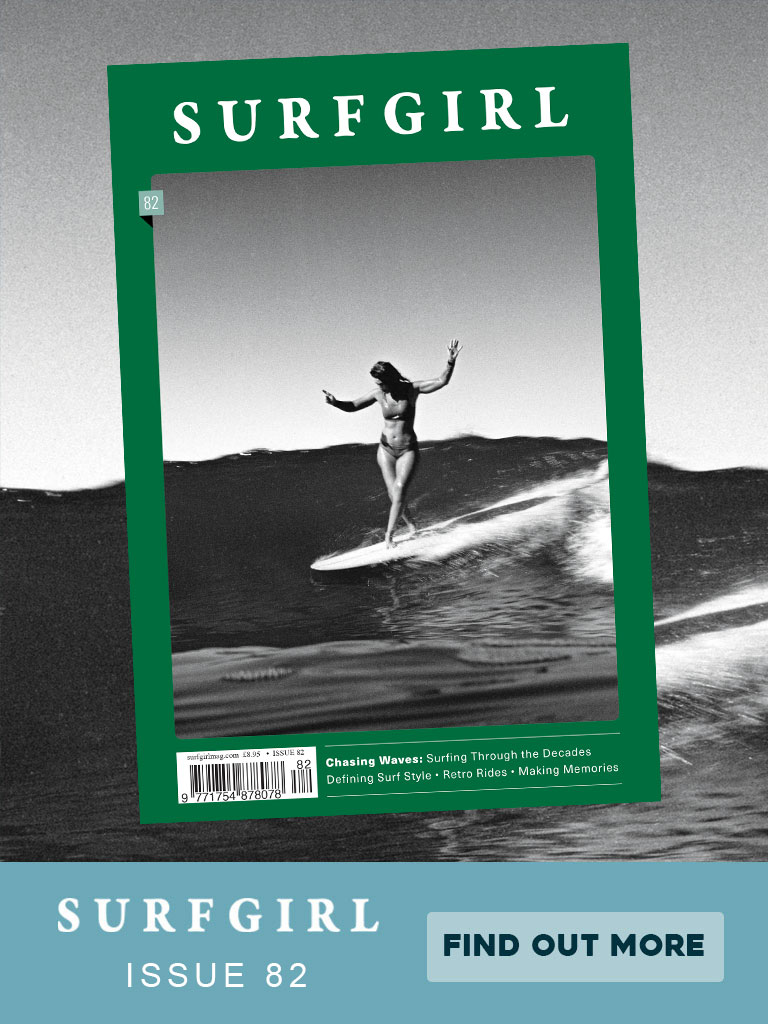By Abbi Hughes
 Photo: Abbi Hughes
Photo: Abbi Hughes
Do you know how waves are generated and which types of waves are best to surf for your ability? If not, then here is a brief outline to assist your understanding of the waves surfers love and hate.
Waves are generated out at sea, the wind begins to create small ripples on the surface of the water that over time creates a wave. The ripples success at turning into a wave depends on the duration and strength of the wind alongside its fetch (the distance). For example the longer and stronger the wind blows the larger the waves especially if the storm lasts a long time and the wind continues to blow over a great distance.
Waves are moving energies that get transferred from the wind to the water, they are not in fact a large body of water that shifts positions from ocean to ocean. Water is not moved like a current, the energy rolls through the water in a circular motion creating a crest of a wave at the top and a trough at the bottom as it revolves. When this energy hits an inclined beach or sandbank the energy is released and becomes a breaking wave on the beach.
As waves begin to feel the incline of the ocean floor, the wavelength begins to decrease, bunching up the separate peaks that you can visualise on the horizon. The height of the wave will begin to increase as it builds in power and becomes unstable at its breaking point.
The way each wave breaks depends on the surface of the sea floor. Generally there are three different types of waves, Spilling, Plunging and Surging.

 Surfer:Abbi Hughes. Photo: Gina Goodman
Surfer:Abbi Hughes. Photo: Gina Goodman
Spilling waves are great for beginner surfers moving to advanced levels. They break on relatively flat and wide beaches and crumble over the crest of the wave slowly as seen in the image above. This means that the waves aren’t too powerful so it makes it easier to get out back, practice your pop up on less steep waves and try out your duck diving skills.
 Surfer: Sarah Thomson
Surfer: Sarah Thomson
Plunging waves are for the more advanced surfers and are very desirable . They occur on steeper beaches or reefs and often produce awesome tubes for those who love surfing in the green room like Sarah. These waves are a little too powerful for beginners and sometimes pretty scary. If your not used to powerful waves maybe think about trying a more sheltered beach to find some nice spilling waves.

Photo: Abbi Hughes (Film)
Surging waves often never break and are no good for surfers. This is because the bottom of the ocean is usually too steep and the wave will come close to shore and surge up the beach, sometimes without even breaking, before heading back out to sea.
There we have it, a little science behind the wind and water creating our loveable waves.

Photo: Abbi Hughes



